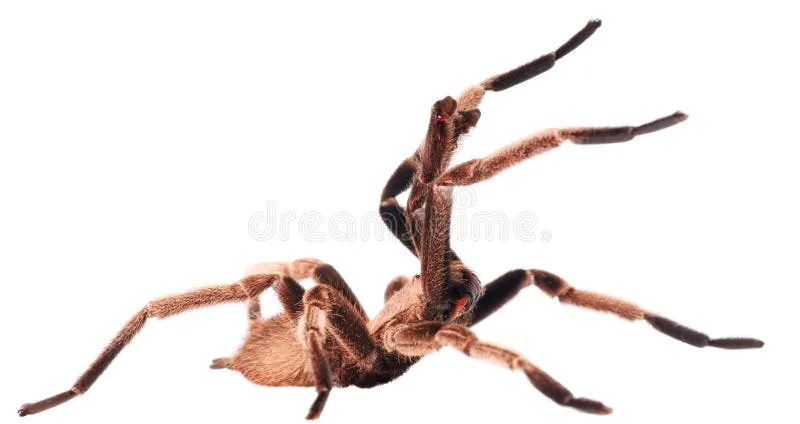What Makes a Tarantula ‘Least Aggressive’
Choosing a tarantula as a pet involves understanding their temperament. While all tarantulas possess the potential to bite, some species are notably more docile than others. The term ’least aggressive’ refers to those tarantulas that are less likely to display defensive behaviors such as biting, kicking urticating hairs, or fleeing when disturbed. This docility is influenced by a combination of factors including the species’ natural disposition, their age and maturity, and the environment they are kept in. A well-cared-for tarantula is generally less stressed and therefore less likely to exhibit aggressive behaviors. Understanding these factors is crucial for both the safety of the owner and the well-being of the tarantula.
Temperament and Behavior
The temperament of a tarantula is a complex interplay of genetics and environmental influences. Some species are inherently more laid-back, often preferring to retreat into their burrows or hideaways rather than confront a perceived threat. These tarantulas are often described as ‘calm’ or ‘docile’. Their behavior is characterized by a reluctance to bite, and they may be less likely to kick hairs as a defensive mechanism. However, it’s essential to remember that individual tarantulas within the same species can still exhibit varying degrees of aggression. Proper observation of a tarantula’s behavior is key to understanding its temperament and ensuring safe handling.
Defensive Mechanisms
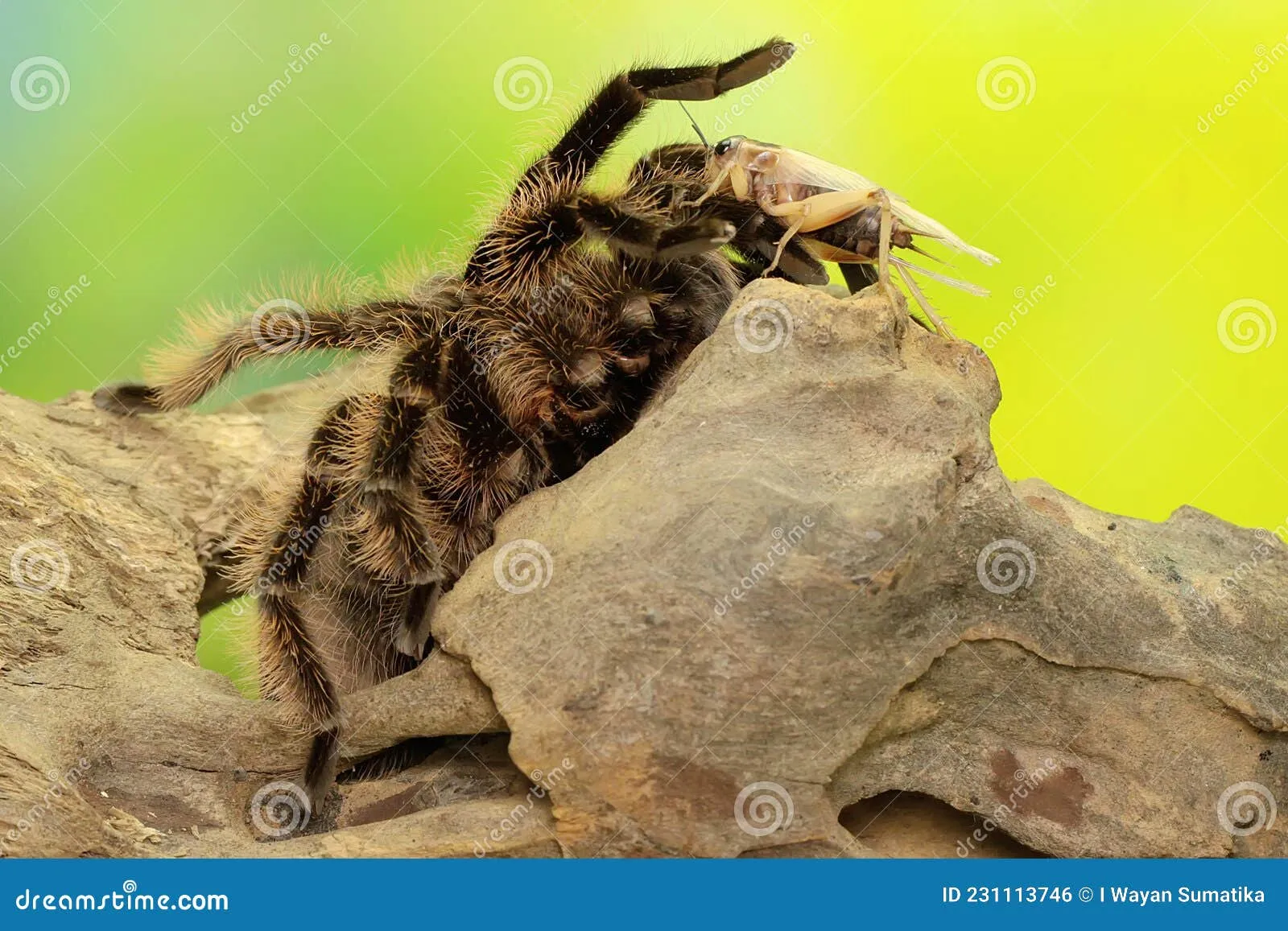
Tarantulas have evolved several defensive mechanisms to protect themselves from predators. These include biting, which injects venom, although not typically lethal to humans; kicking urticating hairs, which cause skin irritation; and fleeing. The ’least aggressive’ tarantulas tend to rely less on these defensive tactics, often choosing to remain hidden or simply tolerate minor disturbances. Some species may still flick hairs as a warning, while others rarely resort to any form of defense unless they feel severely threatened. Knowing these defense mechanisms of a tarantula can help in handling the tarantula.
Top 7 Least Aggressive Tarantula Species
1 Chilean Rose Hair Tarantula
The Chilean Rose Hair tarantula (Grammostola rosea) is one of the most popular pet tarantulas, largely due to its docile nature. They are known for being relatively calm and tolerant of handling, making them a good choice for beginners. These tarantulas are usually slow-moving and less likely to bite unless provoked. However, as with any tarantula, it is important to handle them with care and respect. They are generally not aggressive but can flick urticating hairs as a defense. Their calm demeanor and manageable size contribute to their popularity among tarantula enthusiasts.
Appearance and Characteristics
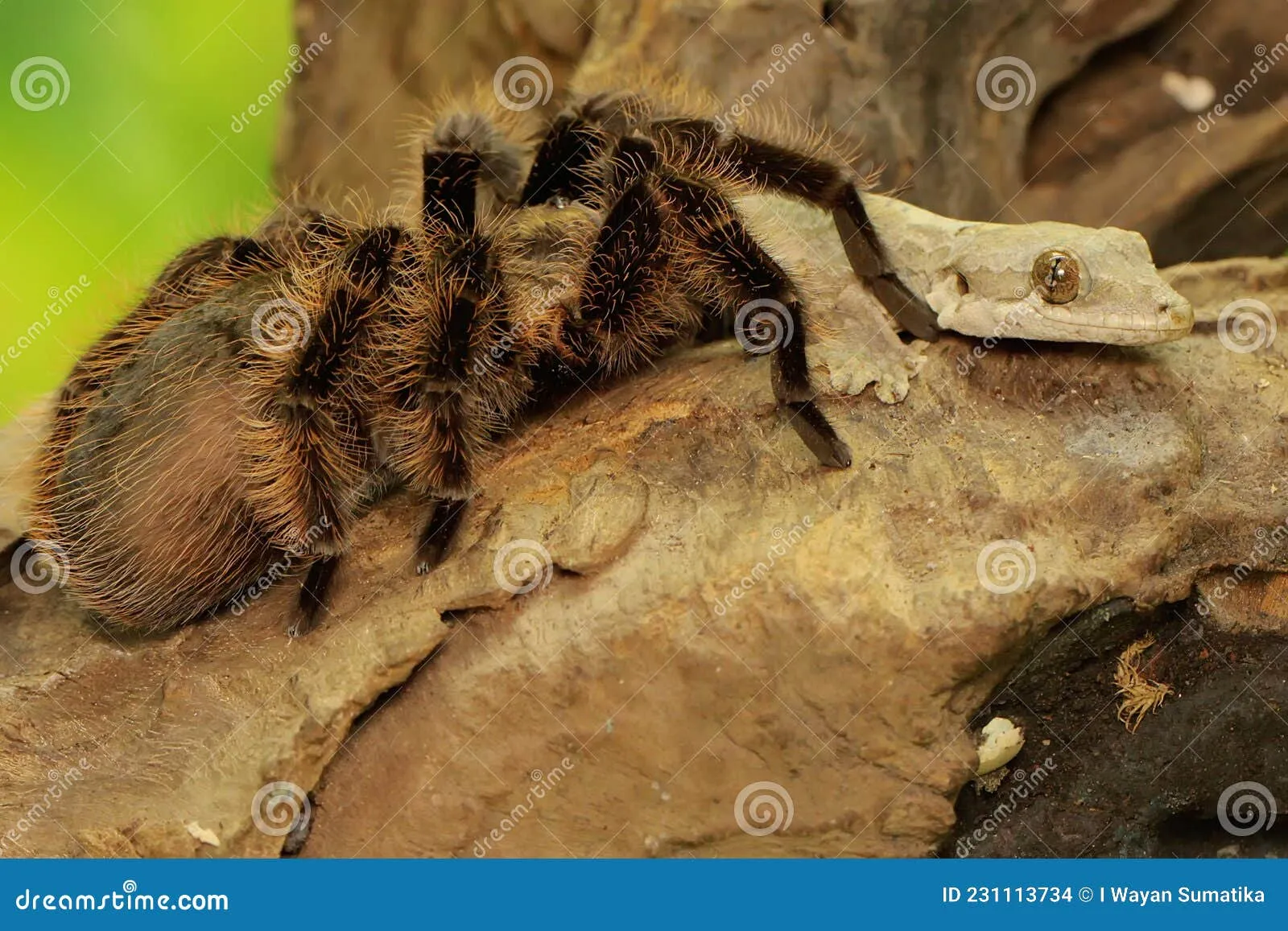
Chilean Rose Hair tarantulas are characterized by their reddish-brown coloration and their relatively large size, with females often reaching a leg span of up to 6 inches. They are sturdy spiders with a robust build. Their bodies are covered in fine hairs, and they have a distinctive pinkish hue, particularly on their carapace, hence the name ‘Rose Hair’. Their calm temperament and striking appearance make them a favorite among tarantula keepers, offering a good balance of beauty and ease of care.
Care and Handling
Caring for a Chilean Rose Hair tarantula involves providing a secure enclosure with appropriate substrate, such as coco fiber or peat moss, and a hide for the tarantula to feel secure. Temperature should be maintained between 75-85°F. They should be fed appropriately sized insects. Handling should be done carefully, and only when necessary, to avoid stressing the spider. While generally docile, remember that even the calmest tarantula can bite if it feels threatened.
2 Pinktoe Tarantula
Pinktoe tarantulas (Avicularia avicularia) are known for their arboreal lifestyle and their striking appearance. They are generally considered to be a more docile tarantula species. Their temperament is usually quite calm, and they are less likely to display aggressive behaviors compared to some other species. They are known to be skittish and prefer to flee rather than bite, making them relatively easy to handle. Their distinctive pink toe pads add to their appeal as pets. However, as with all tarantulas, handling should be done with care.
Appearance and Characteristics
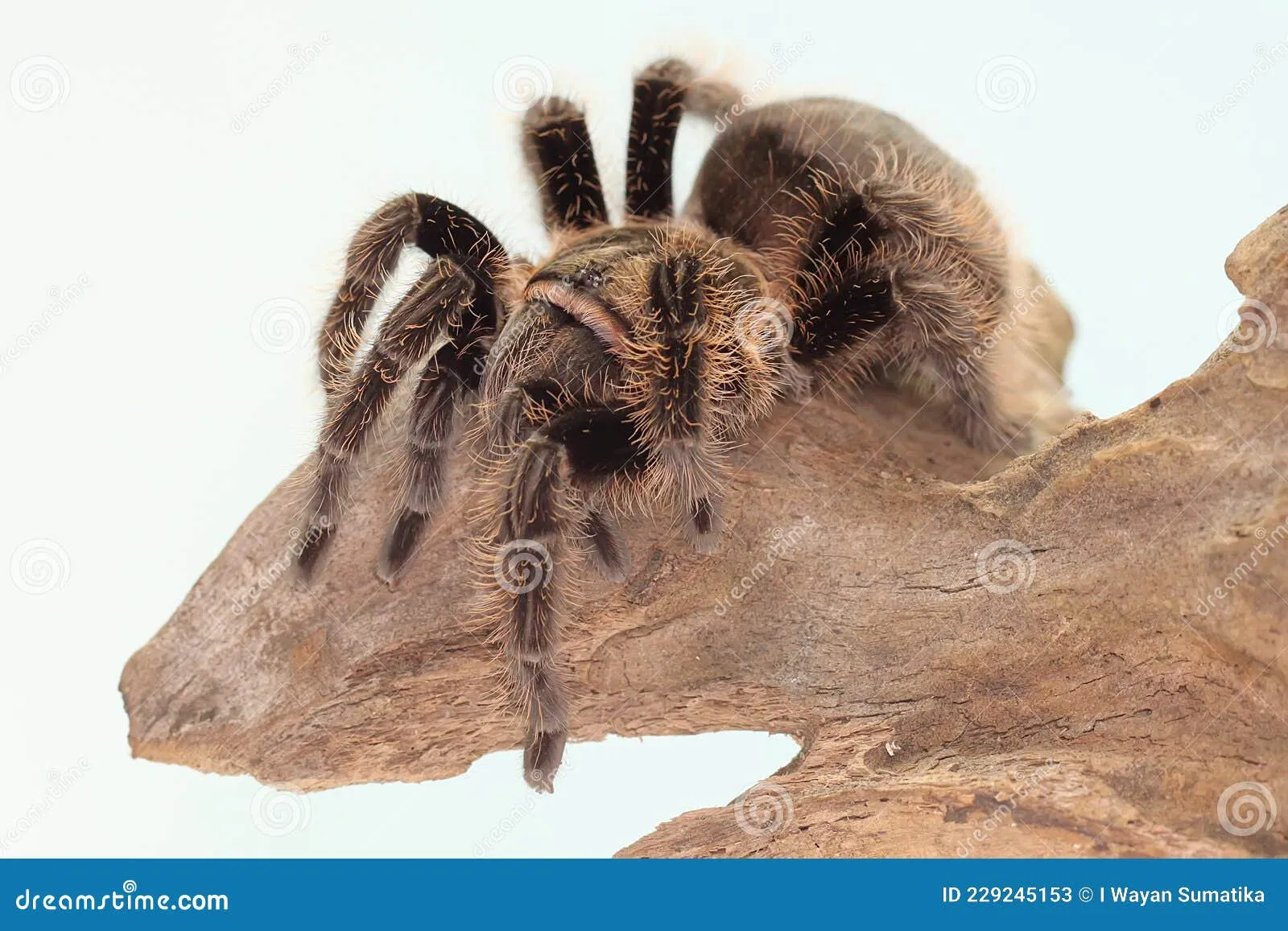
Pinktoe tarantulas are recognized by their vibrant coloration, including iridescent blue or green hues on their carapace and striking pink or red coloration on their toe pads. Their bodies are covered in short, velvety hairs. They are arboreal, which means they live in trees. They are a medium-sized species, with a leg span of up to 5-6 inches. Their delicate appearance and gentle nature make them a beautiful addition to any collection.
Care and Handling
Pinktoe tarantulas require a tall enclosure with vertical climbing surfaces like branches. Humidity levels need to be maintained at around 70-80%. Regular misting is necessary. Their diet consists of appropriately sized insects. Handling should be kept to a minimum, as they can be skittish and prone to falling from a height. Always be gentle. Providing them with a safe and secure environment is essential for their well-being.
3 Mexican Red Knee Tarantula
The Mexican Red Knee tarantula (Brachypelma hamorii) is another popular choice for pet owners due to its docile temperament. Known for their striking coloration, they are characterized by their reddish-orange markings on their leg joints, which contrast with their black legs and carapace. These tarantulas are generally not aggressive and are relatively slow-moving, making them easier to handle compared to other species. They are known to be good display tarantulas because of their calm nature.
Appearance and Characteristics
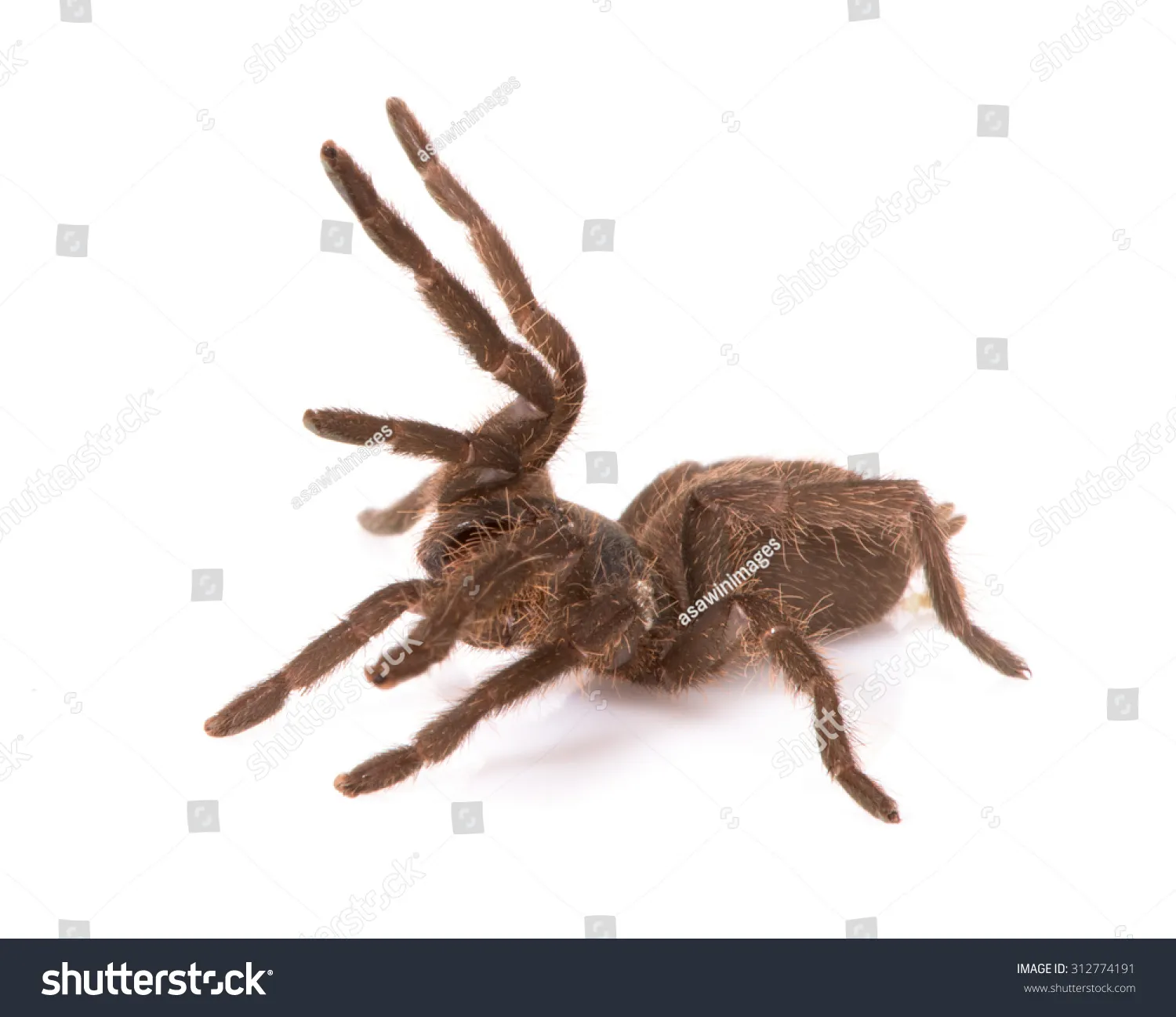
Mexican Red Knee tarantulas are known for their striking appearance. They have a black body with vibrant red or orange markings on their leg joints. The contrast between the black and red hues makes them visually appealing. They are a medium-sized species, with a leg span reaching up to 5-6 inches. They are also known for their longevity and relatively slow growth rate.
Care and Handling
Mexican Red Knee tarantulas thrive in terrestrial setups, with ample substrate for burrowing and a hide for security. The temperature should be maintained between 75-85°F. They should be fed appropriately sized insects. While generally docile, they may flick urticating hairs. Handling should be done with caution and should be limited to avoid stressing the spider. Handle only if really necessary.
4 Costa Rican Zebra Tarantula
Costa Rican Zebra tarantulas (Aphonopelma seemanni) are generally considered to be docile, and are known for the zebra-like stripes on their legs. They are often a good choice for beginners due to their calm demeanor. They are typically not aggressive and tend to be slow-moving. However, it’s important to observe their behavior and handle them with care, as individual personalities can vary.
Appearance and Characteristics
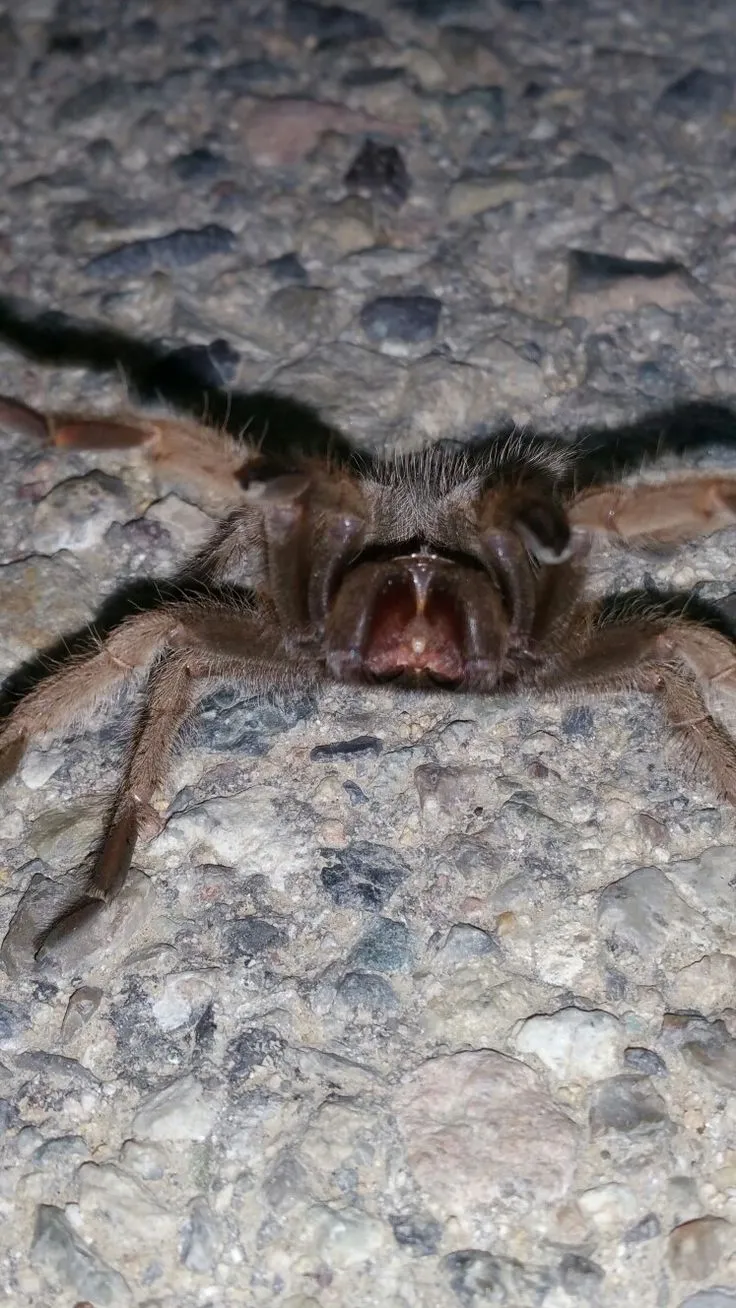
These tarantulas are characterized by the distinctive black and white stripes on their legs. Their bodies are typically dark brown or black. They are a medium-sized species, with a leg span of about 4-6 inches. Their striking appearance and relatively calm temperament make them a popular choice among tarantula enthusiasts.
Care and Handling
Costa Rican Zebra tarantulas are terrestrial and require an enclosure with ample substrate for burrowing. The temperature should be maintained around 70-80°F, with moderate humidity levels. Feeding should be appropriate sized insects. They are usually docile, but handling should be done with care and should be limited to avoid stressing the spider. Always wash your hands before and after handling a tarantula.
5 Curly Hair Tarantula
Curly Hair tarantulas (Tliltocatl albopilosus) are another species known for their gentle nature. They are characterized by their distinctive curly hairs, which give them a fuzzy appearance. They are generally calm and tolerant of handling, making them a good choice for beginners. They tend to be less defensive compared to other species. They are slow moving, and are unlikely to bite unless severely provoked.
Appearance and Characteristics
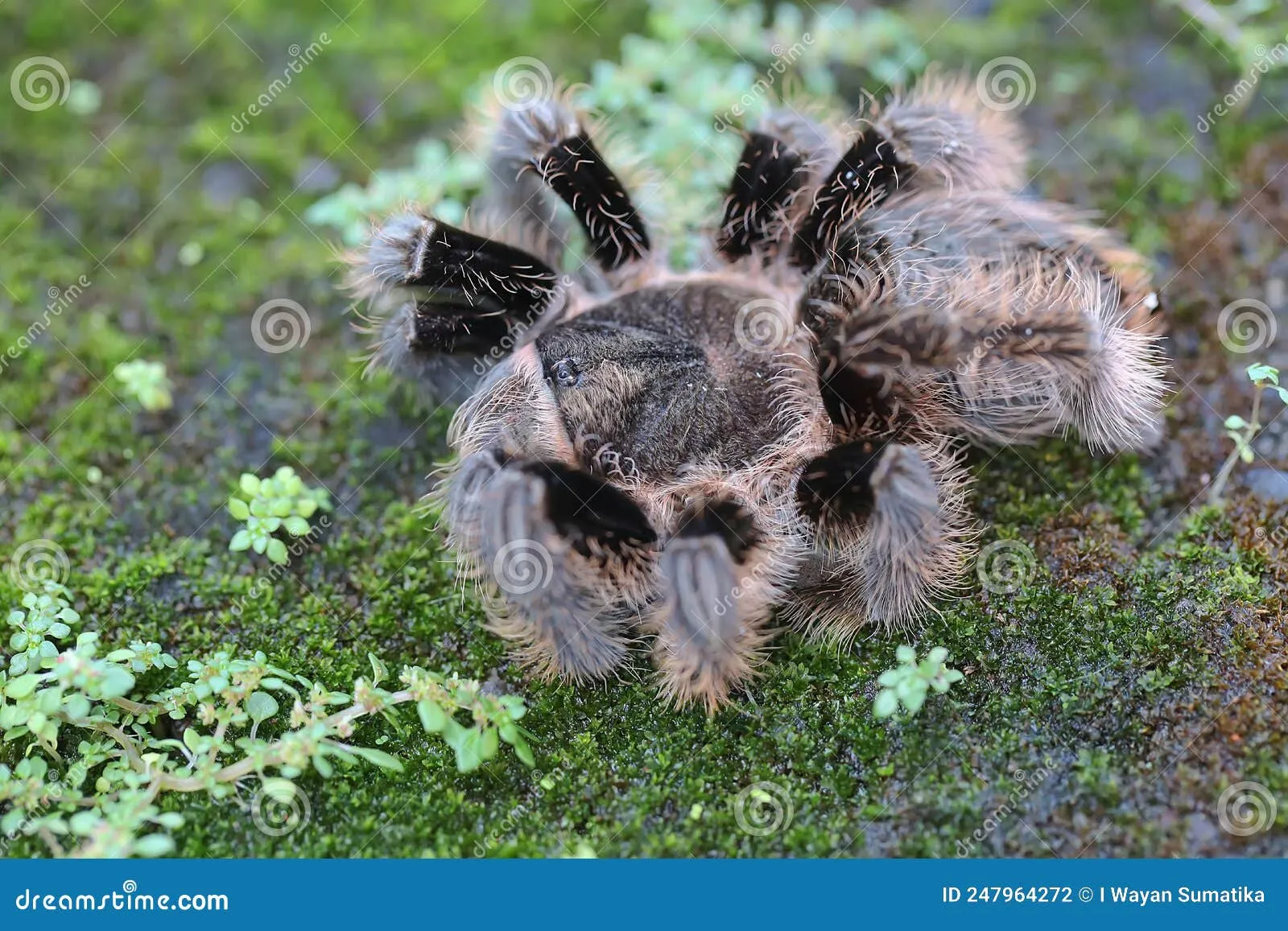
Curly Hair tarantulas are characterized by their light brown coloration and the curly hairs that cover their body. They are a medium-sized species, with a leg span reaching up to 5-6 inches. They have a sturdy build and are relatively easy to care for. Their docile temperament and unique appearance make them a popular pet.
Care and Handling
Curly Hair tarantulas are terrestrial and require a substrate for burrowing and a hide for security. The temperature should be maintained between 70-80°F, with moderate humidity levels. They should be fed appropriate sized insects. While generally docile, handle them with caution and should be done only if really necessary, to avoid stressing the spider.
6 Grammostola pulchra
Grammostola pulchra, also known as the Brazilian Black tarantula, is renowned for its striking black coloration and relatively docile temperament. They are often preferred by hobbyists because of their calm nature and ease of care. They are not typically aggressive. They are relatively slow-moving and less prone to defensive behaviors compared to some other species. However, it is important to remember that all tarantulas are individuals, and their behavior can vary.
Appearance and Characteristics
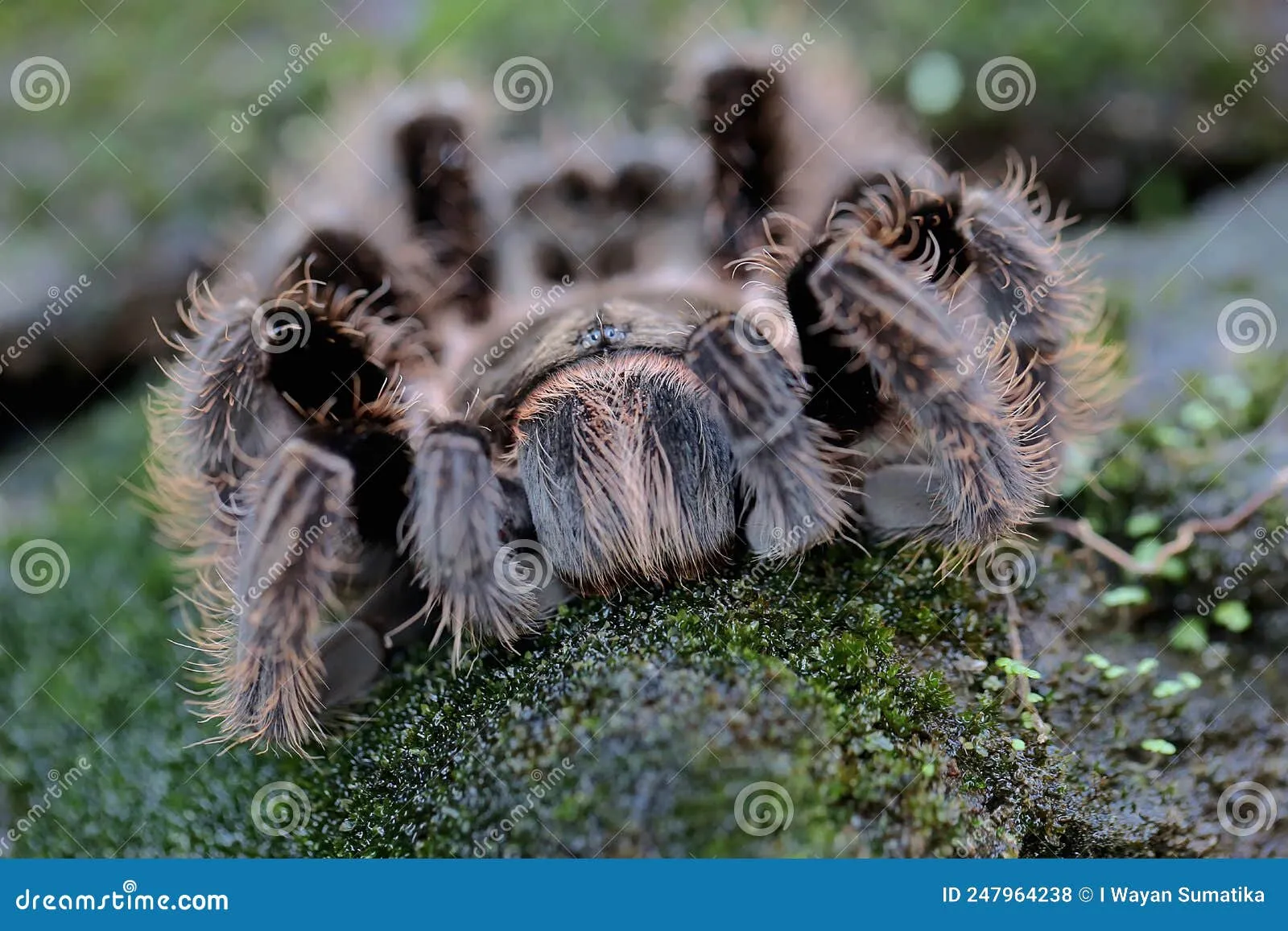
Brazilian Black tarantulas are a stunning species, characterized by their velvety black coloration. Their entire body is covered in this uniform black hue. They are a medium-sized species, with a leg span of up to 6-7 inches. Their solid build and striking appearance make them a favorite among tarantula enthusiasts. The all-black coloration is quite striking.
Care and Handling
Brazilian Black tarantulas are terrestrial and need an enclosure with ample substrate for burrowing, as they enjoy creating extensive underground systems. Maintaining the temperature around 70-80°F is important. They require moderate humidity levels. Feeding appropriate sized insects is recommended. Handling should be kept to a minimum to minimize stress on the spider. Although docile, handle with care and caution.
7 Greenbottle Blue Tarantula
Greenbottle Blue tarantulas (Chromatopelma cyaneopubescens) are highly sought after for their vibrant coloration. Although generally docile, they can be skittish and quick to flee if disturbed. They are arboreal and are known for their striking colors, with a blue carapace and orange legs, and the females are usually more calm. Their skittish nature and tendency to retreat rather than bite make them relatively easy to manage. However, handling should be done with great care.
Appearance and Characteristics
Greenbottle Blue tarantulas are renowned for their striking appearance. They have a vibrant blue carapace, a metallic green abdomen, and orange legs, creating a stunning visual contrast. They are a medium-sized species, with a leg span of about 5-6 inches. Their unique coloration makes them a showstopper.
Care and Handling
Greenbottle Blue tarantulas are arboreal and need a tall enclosure with vertical climbing surfaces. They need a temperature between 75-85°F, with humidity at 60-70%. They should be fed appropriately sized insects. Handling should be kept to a minimum due to their skittish nature, handling can stress them. Provide a secure environment for their well-being.
Factors Influencing Tarantula Aggression
Age and Maturity
A tarantula’s age and stage of maturity can significantly influence its aggression level. Generally, younger tarantulas, also known as spiderlings, may be more defensive due to their vulnerability. As they mature, some species tend to become more docile. However, it’s important to note that individual temperaments still vary. Older, fully grown tarantulas often exhibit more predictable behaviors, but environmental factors play a role.
Environmental Factors
Environmental factors play a crucial role in determining a tarantula’s aggression. A stressed tarantula, whether due to poor enclosure conditions, temperature fluctuations, or lack of proper hides, is more likely to display defensive behaviors. Providing a secure and appropriately sized enclosure with suitable substrate, hiding places, and a stable temperature and humidity level can help reduce stress and promote a calmer temperament. Regular feeding and avoiding unnecessary disturbances also contribute to a tarantula’s well-being and reduce the likelihood of aggressive behavior.
Proper Handling Techniques
Even with the least aggressive tarantulas, handling should be approached with caution and respect. Avoid sudden movements and loud noises. When handling, do so close to the ground to minimize the risk of injury if the tarantula falls. Always wash your hands before and after handling to prevent the transfer of any harmful substances. Observe the tarantula’s behavior closely. If it shows signs of stress, such as raising its front legs or flexing its fangs, it’s best to leave it alone. Minimize handling as much as possible. Always remember that you’re dealing with a wild animal, and safety should always be the top priority.
Handling a tarantula is a unique experience, but it must be done safely. Approach the tarantula with patience and a calm demeanor. Allow the tarantula to walk onto your hand rather than trying to pick it up. Make sure that the tarantula feels safe and secure, and handle them close to the ground, so that if it falls, it does not get injured. Never force the tarantula to do anything it does not want to do. Always wash hands before and after handling. If it displays any signs of stress, such as raising its front legs or flexing its fangs, put the tarantula back into its enclosure immediately. Always ensure the tarantula feels safe and secure and that you’re not causing it undue stress.
Conclusion
Choosing a tarantula involves understanding their temperament and defensive mechanisms. While all tarantulas have the potential to bite, some are less aggressive than others. Factors influencing this docility include species, age, and environmental conditions. Species like the Chilean Rose Hair, Pinktoe, Mexican Red Knee, Costa Rican Zebra, Curly Hair, Grammostola pulchra, and Greenbottle Blue tarantulas are generally considered to be some of the least aggressive. Proper handling techniques are essential, including avoiding sudden movements and loud noises, and allowing the tarantula to walk onto your hand. Always prioritize the tarantula’s well-being by providing a safe and secure enclosure.
